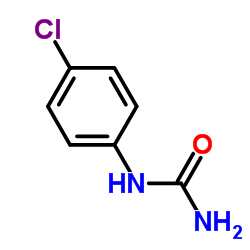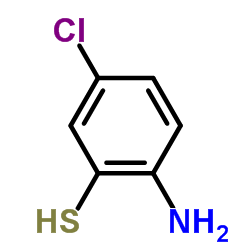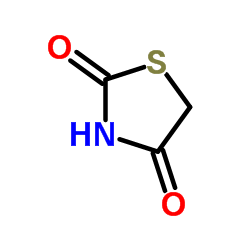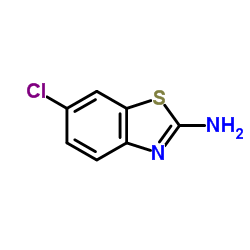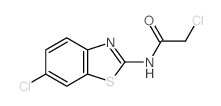3696-23-9
| Name | 4-Chlorophenylthiourea |
|---|---|
| Synonyms |
(4-Chlorophenyl)thiourea
EINECS 223-022-4 MFCD00022168 N-(4-Chlorophenyl)thiourea 1-(4-Chlorophenyl)thiourea |
| Density | 1.441g/cm3 |
|---|---|
| Boiling Point | 298.7ºC at 760 mmHg |
| Melting Point | 177-181 °C |
| Molecular Formula | C7H7ClN2S |
| Molecular Weight | 186.66200 |
| Flash Point | 134.5ºC |
| Exact Mass | 186.00200 |
| PSA | 70.14000 |
| LogP | 2.76880 |
| Index of Refraction | 1.727 |
| Storage condition | Poison room |
Synonym: Section 2 - COMPOSITION, INFORMATION ON INGREDIENTS
Risk Phrases: 28 Section 3 - HAZARDS IDENTIFICATION EMERGENCY OVERVIEW
Very toxic if swallowed. Potential Health Effects Eye: May cause eye irritation. Skin: May cause skin irritation. May be harmful if absorbed through the skin. Ingestion: May be fatal if swallowed. May cause irritation of the digestive tract. Inhalation: May cause respiratory tract irritation. May be harmful if inhaled. Chronic: Not available. Section 4 - FIRST AID MEASURES Eyes: Immediately flush eyes with plenty of water for at least 15 minutes, occasionally lifting the upper and lower eyelids. Get medical aid immediately. Skin: Get medical aid immediately. Immediately flush skin with plenty of water for at least 15 minutes while removing contaminated clothing and shoes. Ingestion: Get medical aid immediately. Wash mouth out with water. Inhalation: Get medical aid immediately. Remove from exposure and move to fresh air immediately. If not breathing, give artificial respiration. If breathing is difficult, give oxygen. Notes to Physician: Section 5 - FIRE FIGHTING MEASURES General Information: As in any fire, wear a self-contained breathing apparatus in pressure-demand, MSHA/NIOSH (approved or equivalent), and full protective gear. Extinguishing Media: Use water spray, dry chemical, carbon dioxide, or chemical foam. Section 6 - ACCIDENTAL RELEASE MEASURES General Information: Use proper personal protective equipment as indicated in Section 8. Spills/Leaks: Vacuum or sweep up material and place into a suitable disposal container. Section 7 - HANDLING and STORAGE Handling: Do not breathe dust, vapor, mist, or gas. Do not get in eyes, on skin, or on clothing. Use only in a chemical fume hood. Storage: Store in a cool, dry place. Store in a tightly closed container. Poison room locked. Section 8 - EXPOSURE CONTROLS, PERSONAL PROTECTION Engineering Controls: Use adequate ventilation to keep airborne concentrations low. Exposure Limits CAS# 3696-23-9: Personal Protective Equipment Eyes: Not available. Skin: Wear appropriate protective gloves to prevent skin exposure. Clothing: Wear appropriate protective clothing to prevent skin exposure. Respirators: Follow the OSHA respirator regulations found in 29 CFR 1910.134 or European Standard EN 149. Use a NIOSH/MSHA or European Standard EN 149 approved respirator if exposure limits are exceeded or if irritation or other symptoms are experienced. Section 9 - PHYSICAL AND CHEMICAL PROPERTIES Physical State: Crystalline powder Color: beige Odor: Not available. pH: Not available. Vapor Pressure: Not available. Viscosity: Not available. Boiling Point: Not available. Freezing/Melting Point: 177 - 181 deg C Autoignition Temperature: Not available. Flash Point: Not available. Explosion Limits, lower: Not available. Explosion Limits, upper: Not available. Decomposition Temperature: Solubility in water: Insoluble. Specific Gravity/Density: Molecular Formula: C7H7ClN2S Molecular Weight: 186.67 Section 10 - STABILITY AND REACTIVITY Chemical Stability: Not available. Conditions to Avoid: Incompatible materials. Incompatibilities with Other Materials: Strong oxidizing agents. Hazardous Decomposition Products: Hydrogen chloride, carbon monoxide, oxides of nitrogen, oxides of sulfur, carbon dioxide. Hazardous Polymerization: Has not been reported Section 11 - TOXICOLOGICAL INFORMATION RTECS#: CAS# 3696-23-9: YS7175000 LD50/LC50: CAS# 3696-23-9: Oral, rat: LD50 = 15 mg/kg. Carcinogenicity: 1-(4-Chlorophenyl)-2-thiourea - Not listed by ACGIH, IARC, or NTP. Other: See actual entry in RTECS for complete information. Section 12 - ECOLOGICAL INFORMATION Section 13 - DISPOSAL CONSIDERATIONS Dispose of in a manner consistent with federal, state, and local regulations. Section 14 - TRANSPORT INFORMATION IATA Shipping Name: TOXIC SOLID, ORGANIC, N.O.S.* Hazard Class: 6.1 UN Number: 2811 Packing Group: II IMO Shipping Name: TOXIC SOLID, ORGANIC, N.O.S. Hazard Class: 6.1 UN Number: 2811 Packing Group: II RID/ADR Shipping Name: TOXIC SOLID, ORGANIC, N.O.S. Hazard Class: 6.1 UN Number: 2811 Packing group: II Section 15 - REGULATORY INFORMATION European/International Regulations European Labeling in Accordance with EC Directives Hazard Symbols: T+ Risk Phrases: R 28 Very toxic if swallowed. Safety Phrases: S 1 Keep locked up. S 28A After contact with skin, wash immediately with plenty of water. S 36/37 Wear suitable protective clothing and gloves. S 45 In case of accident or if you feel unwell, seek medical advice immediately (show the label where possible). WGK (Water Danger/Protection) CAS# 3696-23-9: No information available. Canada None of the chemicals in this product are listed on the DSL/NDSL list. CAS# 3696-23-9 is not listed on Canada's Ingredient Disclosure List. US FEDERAL TSCA CAS# 3696-23-9 is not listed on the TSCA inventory. It is for research and development use only. SECTION 16 - ADDITIONAL INFORMATION N/A |
CHEMICAL IDENTIFICATION
HEALTH HAZARD DATAACUTE TOXICITY DATA
|
| Hazard Codes | T+ |
|---|---|
| Risk Phrases | R28 |
| Safety Phrases | S45-S36/37/39-S28A-S26-S1 |
| RIDADR | 2811 |
| RTECS | YS7175000 |
| Packaging Group | II |
| Hazard Class | 6.1 |
| HS Code | 2930909090 |
| Precursor 7 | |
|---|---|
| DownStream 10 | |
| HS Code | 2930909090 |
|---|---|
| Summary | 2930909090. other organo-sulphur compounds. VAT:17.0%. Tax rebate rate:13.0%. . MFN tariff:6.5%. General tariff:30.0% |

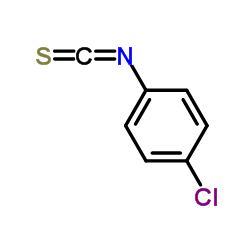
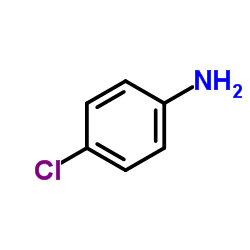
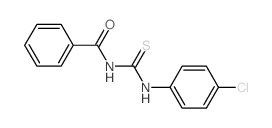
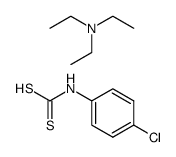
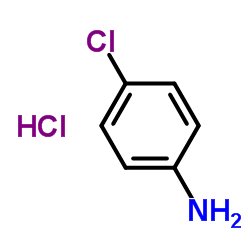
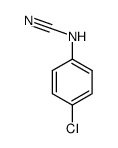
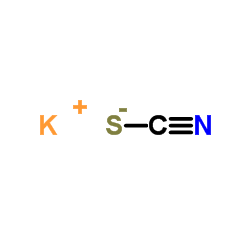
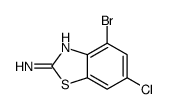

![6-CHLORO-2-HYDRAZINYLBENZO[D]THIAZOLE structure](https://image.chemsrc.com/caspic/109/51011-54-2.png)

